You want your product page to win, right? Cool. AIO/GEO doesn’t care about “pretty,” it cares about structure. In E-Commerce, your product data must be complete, structured, verifiable — or SEO just shrugs. Think Amazon or Shopify: tight schema, proof, consistency. Use tools like Plerdy SEO Analyzer, Plerdy UX, or Semrush to check fast. AIO reads the product page like a robot auditor; GEO repeats your signals across the web. If signals are messy, E-Commerce SEO leaks. I’ll show 5 product page mistakes and quick fixes. Short read. Big win.
Incomplete Or Wrong Product Schema (Price, Availability, Reviews)

Mistake Snapshot
Your E-Commerce product page misses core schema: Product, Offer, AggregateRating, Review, plus shipping/returns details. SEO loses signals, the product looks half-real, and the page can’t qualify for rich results. Feels small, hurts big.
How AIO Reads It
AIO scans the product page, sees gaps, and trusts other sources such as Amazon or Shopify. SEO visibility drops. Google wants full, structured data that matches what users see on the page in E-Commerce. No match? No boost.
The Fix
Ship full schema that mirrors on-page content. Validate it. Keep price and availability fresh. Many teams see +15–25% CTR when rich results appear. Use Plerdy SEO Analyzer to audit titles/schema; double-check in Google Search Console’s Rich Results Test.
- Price + Availability (InStock, OutOfStock).
- Reviews + AggregateRating with real counts.
- Shipping/Returns (hasMerchantReturnPolicy) shown on the page.
Thin, Duplicated Or Unscannable Product Content
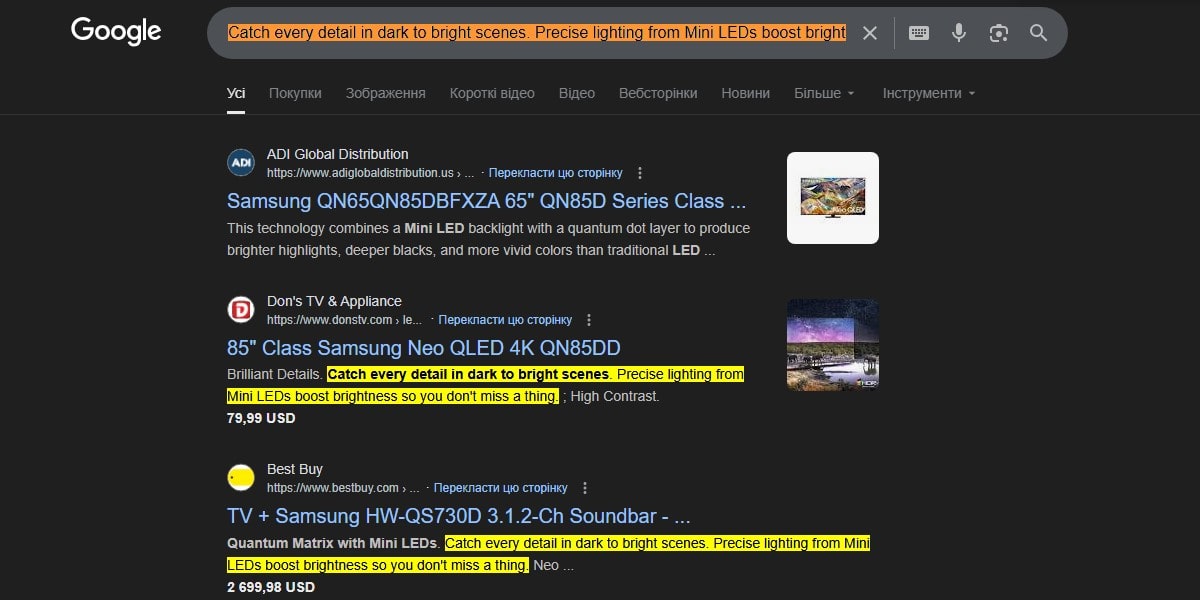
Mistake Snapshot
- Manufacturer copy pasted on the product page — zero soul, zero proof.
- Specs missing or messy, no table — the product turns into a riddle.
- No FAQ or real use cases — E-Commerce trust drops, SEO signals go fuzzy.
How AIO Reads It
AIO scans the product page and promotes structured, cited, compact info. It prefers bullets, tables, and short blocks that summarize the product. When E-Commerce text is thin or duplicated, SEO relevance weakens, and the page gets outranked by Amazon, Best Buy, or a neat Shopify store.
The Fix
Write a unique summary for the product, then add a clean spec table and 3–4 FAQ with short answers. Pull 2–3 review snippets onto the page and mirror them in schema. Teams often see +10–20% longer dwell when pages become scannable. Use Plerdy SEO Analyzer, Ahrefs, or Semrush to audit headings, entities, and gaps so your E-Commerce page speaks human and machine at the same time.
Variants, URLs And Canonicals That Confuse Machines
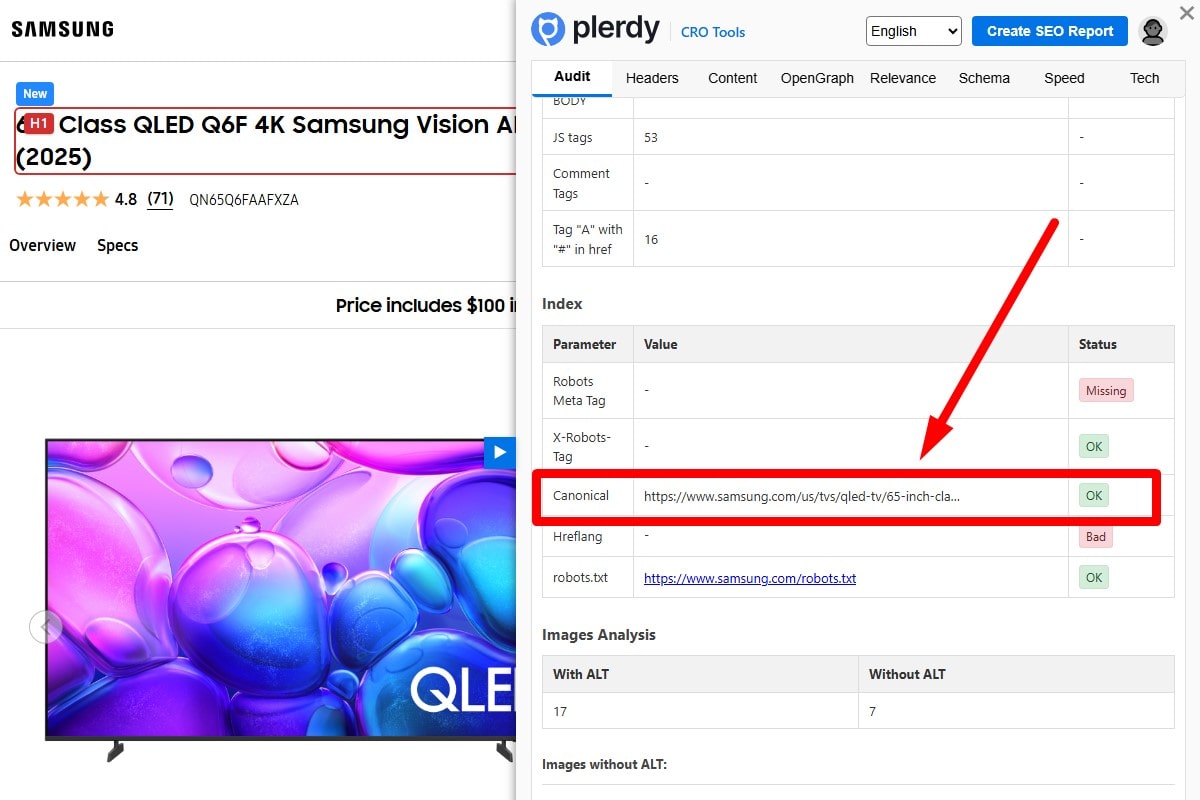
Mistake Snapshot
Your E-Commerce product page spawns many twins: color and size on separate URLs, filter parameters get indexed, canonicals point everywhere. SEO signals split across clones, reviews scatter, and the product loses authority the moment the page multiplies.
How AIO Reads It
AIO sees conflict. One product, ten URLs, mixed H1/Title, fragmented AggregateRating. SEO becomes noisy; the page can’t aggregate proof. E-Commerce systems (Shopify, BigCommerce) create parameter trails that drain crawl budget and trim CTR by 8–12% on crowded queries.
The Fix
Choose one master PDP and keep variants on that page. Set a clean canonical to the main product page, expose variant attributes in structured data, and keep H1/Title consistent. Internal links should point to compatible accessories, not to duplicate variants. Use Cloudflare Rules or app settings to block junk parameters; audit with Plerdy SEO Analyzer.
- Canonical → main product page; no random parameters.
- Variants in schema; consistent H1/Title across the page.
- Accessory links consolidate SEO to the core E-Commerce product.
Weak Media Signals: Images, Alts, Gallery UX, And Speed
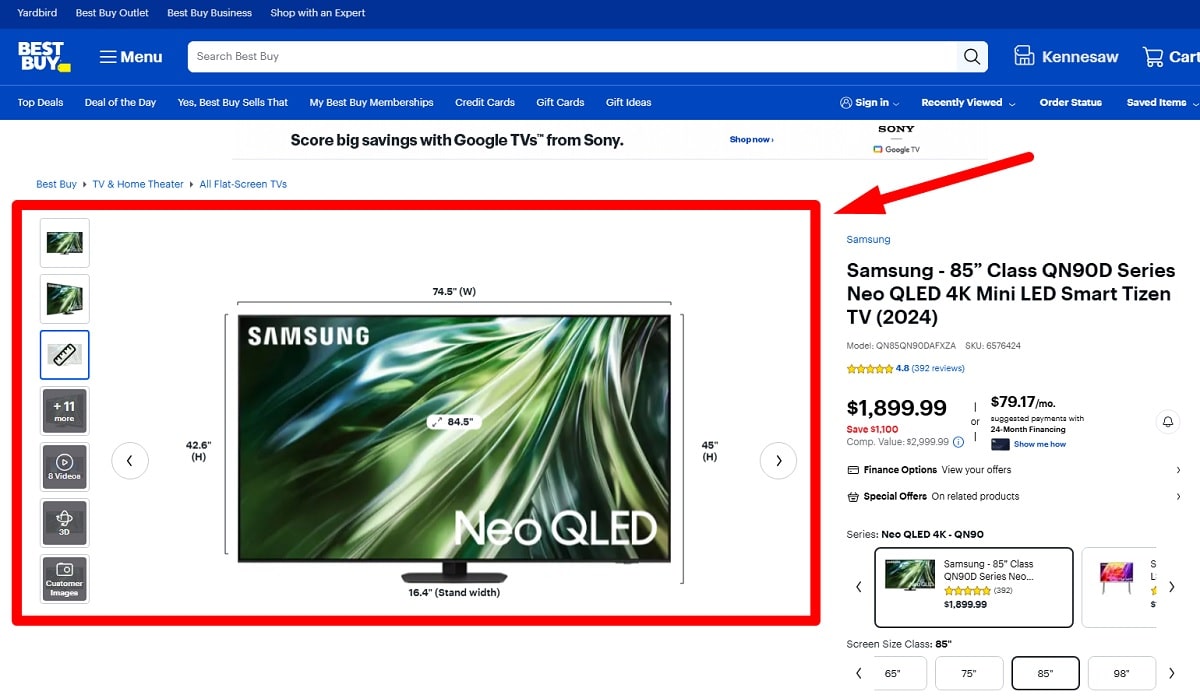
Mistake Snapshot
Your E-Commerce product page ships heavy images, no model or color in alts, price and CTA hide below the fold, gallery misses key angles. Result: weak SEO signals, the product story gets blurry, and the page feels slow. Painful.
How AIO Reads It
AIO needs clear visual and semantic anchors. When photos lack detail and alts miss model terms, E-Commerce relevance drops, SEO snippets stay dull, and the product gets fewer mentions inside AI answers from Google or Bing. Harsh, but true.
The Fix
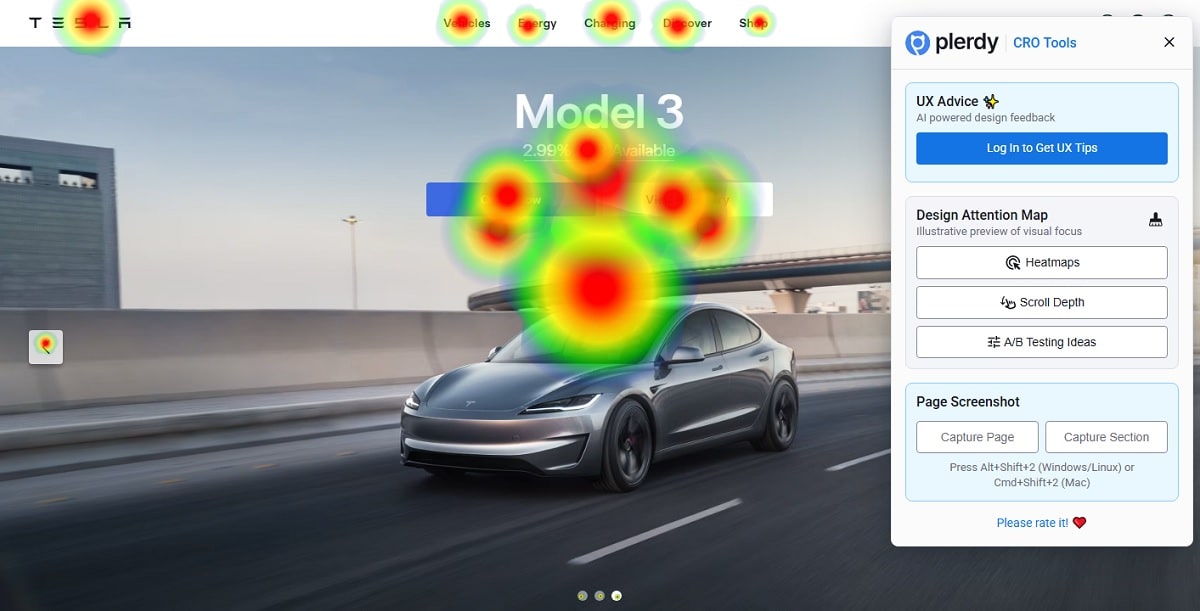
Compress to WebP/AVIF (often −40–70% weight), aim LCP under 2.5s, and set the first three gallery frames to USP angles. Write descriptive alt with model and color. Use Plerdy UX & Usability Testing (AI prediction heat map + scroll depth) to confirm eyes hit gallery, price, and delivery.
- Put price and delivery above the fold on the product page.
- Order gallery: hero → scale shot → problem/solution; test in Shopify or BigCommerce.
- Check speed with Google PageSpeed Insights; serve WebP via Cloudflare Images or Fastly.
Missing Trust, Policies And Merchant Signals
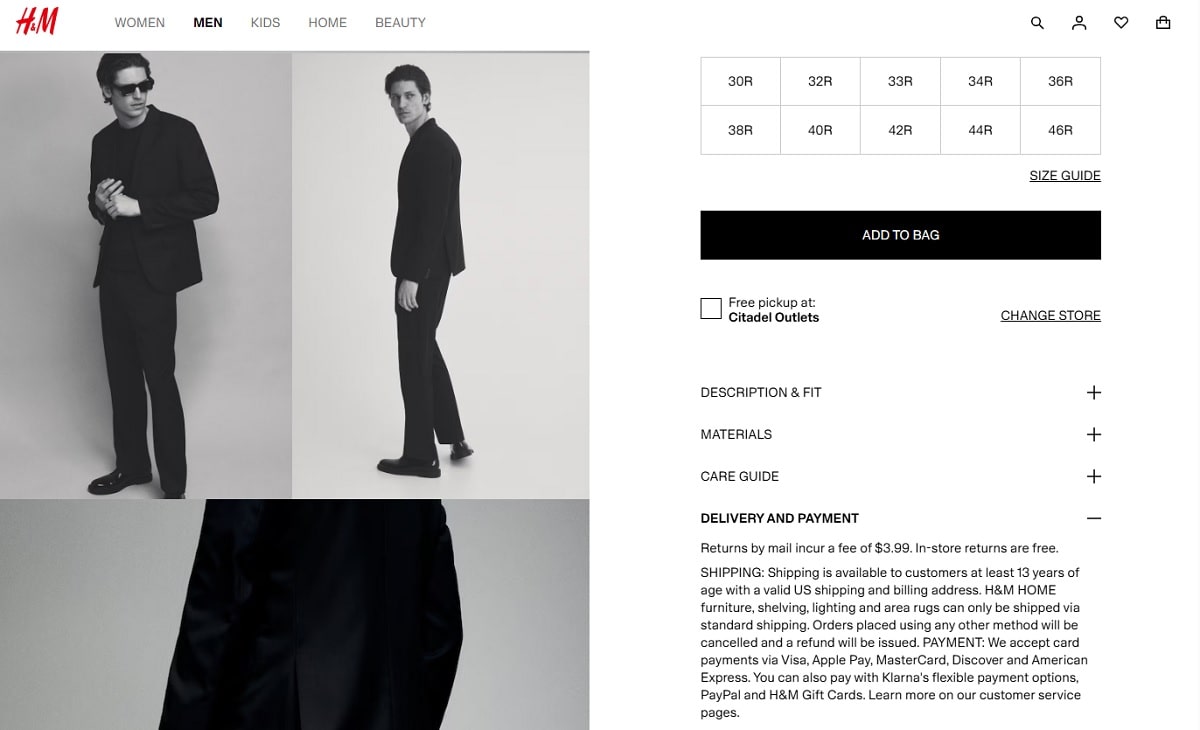
Mistake Snapshot
Your E-Commerce product page hides returns, shipping, payments, and warranty. No policy schema, weak UGC, zero social proof. SEO trust drops, the page feels risky, the product looks anonymous. That’s money walking away.
How AIO Reads It
AIO checks for verified merchant data and rewards transparent stores. SEO in AI Overviews favors proof, not promises. E-Commerce results pull sources with clear policies; thin pages miss mentions, miss clicks, miss sales.
The Fix
Publish real policies, mark them up, and show proof on the product page. Add warranty text, store contacts, and accepted payments. Many teams see +6–12% conversion after policy cleanup. Use Trustpilot for UGC, Stripe/PayPal/Klarna for badges, and Google Merchant Center for consistency.
- Returns & shipping: show exact windows, fees, carriers.
- Payments: list methods and security badges; keep them visible.
- Schema: hasMerchantReturnPolicy, delivery details, support contacts on the E-Commerce page.
Conclusion
Machine-first, human-loved — that’s your PDP goal. Full schema, clean canonicals/variants, sharp gallery and price, clear policies. When SEO reads the product story, it must match the page reality and E-Commerce facts. Do two quick moves today: check schema with Plerdy SEO Analyzer; test attention on gallery/price with Plerdy UX & Usability Testing. Teams report +10–20% lift after this cleanup. Push the product, polish the page, earn E-Commerce trust. Keep SEO strong, and the product will sell while the page stays calm.
